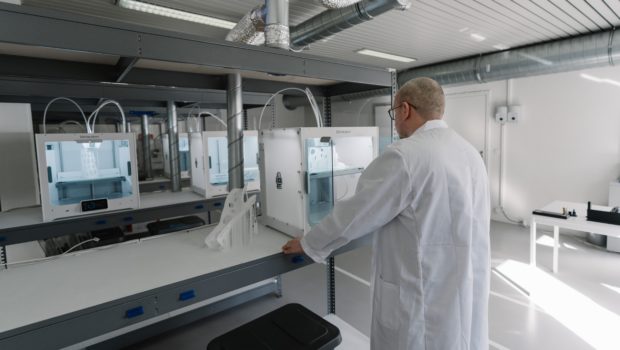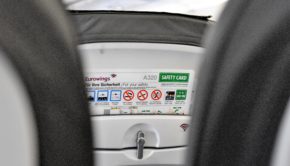Software Developers Create State-of-The-Art 3D Load Volume Scanner
Within the world of software development, we regularly see some amazing feats. It seems just about anything is possible these days – especially with the recent growth of artificial intelligence (AI) becoming the next big thing to hit the world of tech. However, we probably have a while to go before AI becomes super intelligent. That doesn’t mean we cannot look at some of the more recent achievements with one of those being the super-accurate 3D load volume scanner technology.
Most of the miniature tech we see produced these days has been produced thanks to a space program much like that of NASA. Remarkably, NASA recently designed a miniature exercise device. The smartphone’s touchscreen tech is said to be a result of space tech as well as the fact laptops and touchpads are getting smaller because the chips are getting smaller. The demand for smaller technology that still processes the developers’ coding has been huge with the current object to reach Mars at some stage in the future.
Behind the equipment is always a software development team customizing the device’s code, testing, and then hard coding it for industrial and commercial use.
In the case of the load volume scanner, the code behind this amazing device is 3D scanning technology. There are also inventory and load management software systems also attached to this device.
To paint a better picture, the device is used in the logistics industry to measure the weight of a payload on a vehicle or in storage. For the most part, the payload scanner is used for various types of trucks that deliver raw materials. It is lightweight as well as portable and compared to its alternatives, it is also miniature.
Up until now, scales that require the truck to drive onto the system to accurately measure the payload. This is all very well, but you can imagine the size of the scales required.
The load volume scanner can be operated by hand or it can be used as an automated scanning system by attaching it to a rig whereby it can scan passing trucks or it can be attached to the truck continuously scanning the payload during in transit.
Any one of these methods can be used to scan the payload within the containing vehicle. The device’s code activates a beam that will measure the payload and pass back a volumetric measurement.
If you can close your eyes and imagine having a device in your hands that could scan your house and give you the exact dimensions of a room without you having to get out the tape measurer and manually record lengths, heights, widths, or even thickness of the room’s walls, then this is very similar. Imagine how useful this technology is for infrastructure businesses that ship plenty of raw materials or a coal mine that mines thousands of tons of coal every week.
For the designers behind the load volume scanner, the idea was to create code that could fit onto a small device that could do just this, but within the field of primary sector logistics. It means the heavyweight traditional dump truck scales that take up a huge amount of space and time can now be pushed aside.
One of the main selling points this device has is that it can be programmed to work in conjunction with logistics computer system databases. Once the device has scanned the payload, the data can be transmitted to a central database that records the measurements. The device connects wirelessly to send this information back where central control can keep track of exactly how much material has been shipped, where to, and the exact time.
Using manual records can often become confusing if the wrong license plate is written down, or the wrong measurements are recorded.
Another problem that occurs within the field of logistics is missing stock. Often this can be unexplained and is usually written off as miss weighed materials. With the payload volume scanning device recording measurements, the risk of miscalculations is virtually eliminated.
Finally, the Loadscan system is often used by companies that have several locations or have many offsite locations. Companies need to transfer encrypted data using sophisticated encryption software to guarantee safe, secure, and reliable delivery of information to their globally or countrywide databases.
The system has the capability of using GPS and it also has an operating system that will accept most VPN software installations.
In short, the load volume scanner is yet another amazing example of how developers have come up with a way to use modern technology and implement a simple idea into a real-life piece of kit that is genuinely reducing the workload placed on people working within this industry and helping the companies operating in logistics run smoother and more profitable operations.
Photo by Tom Claes on Unsplash















